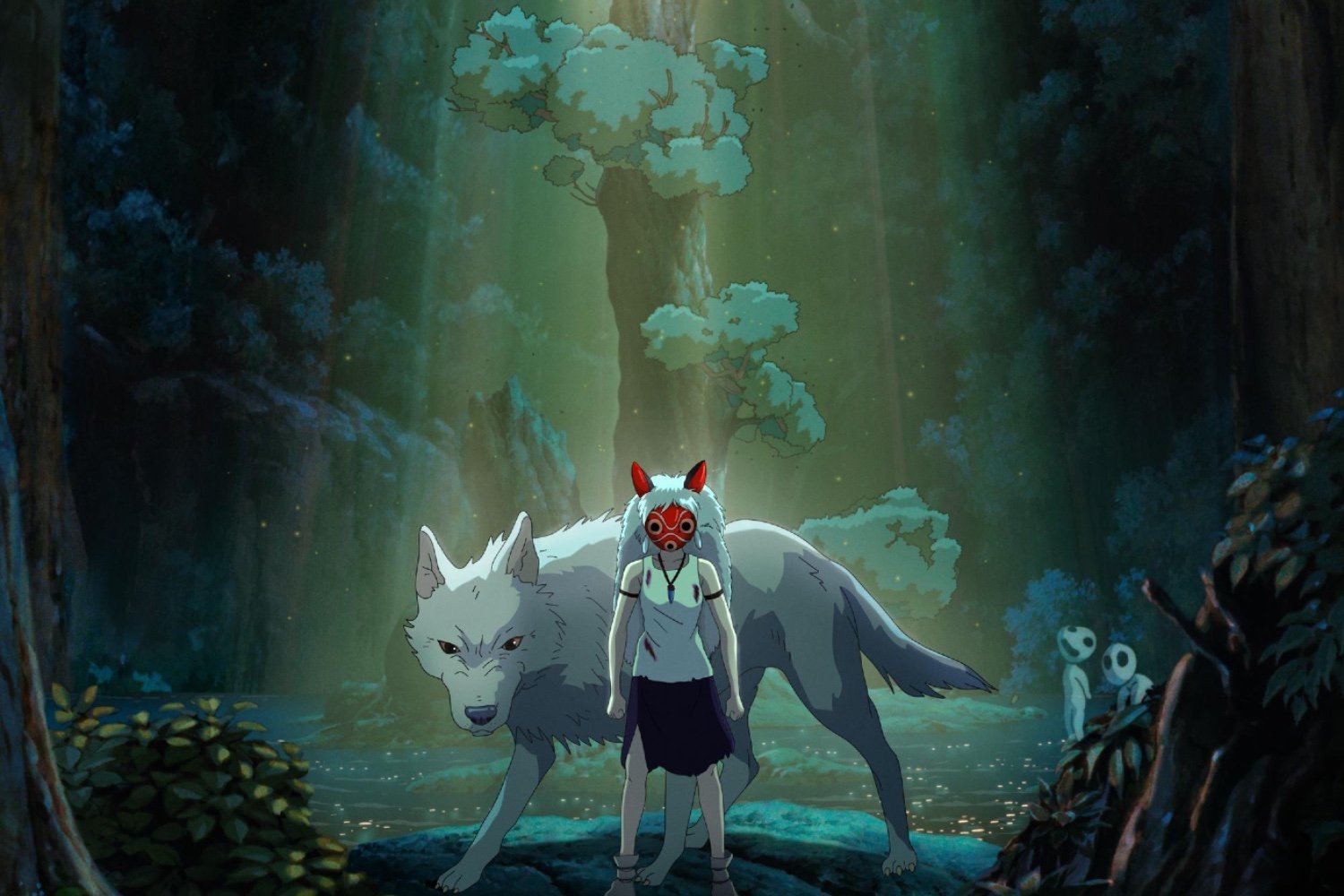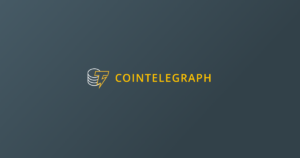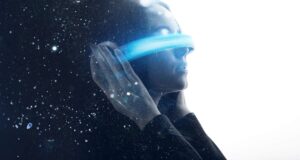Creators of AI Studio Ghibli Art Are Now Generating Fake Legal Documents to Accompany Their Artwork

The Rise of AI Art in the Style of Studio Ghibli
Background of the Trend
The use of OpenAI’s ChatGPT to generate images reminiscent of the beloved Studio Ghibli style has become a notable trend. This phenomenon gained extra attention after a significant tweet from the official White House account, which seemed to endorse such creations. However, recent developments have sparked a heated debate in online communities, primarily surrounding issues of originality and artistic integrity.
The Controversy Unfolds
A Twitter user, known as “Teej,” recently claimed to have received a cease and desist letter from Studio Ghibli. Along with this controversial claim, the user passionately defended their practice of creating AI-generated artwork, asserting that "AI creators deserve protection, not punishment." This self-proclaimed martyrdom was met with skepticism and reportedly labeled as unoriginal by other users who decried the ethics of using AI to produce artwork that borrows heavily from the unique styles developed by human artists, particularly the iconic works of Hayao Miyazaki.
Reaction from the Artistic Community
The online response to Teej’s statements showcased a mix of humor and frustration. Many critics pointed out the irony in arguing for the protection of AI-generated art that directly copies the painstaking work of human artists. Those in the art community have long advocated for the value of originality and the hard work that goes into crafting unique pieces—elements that AI-generated works often overlook or outright ignore.
The Perception of AI Artists
The notion that AI creators are facing persecution has also become a topic of discussion. Critics highlight an apparent refusal among some AI artists to take responsibility for their work. Instead of accepting that their art may contribute to a more significant issue, there’s a tendency to shift blame, perhaps suggesting a lack of accountability within the burgeoning AI art scene.
Studio Ghibli’s Response
While Studio Ghibli has not made an official statement addressing the use of AI to mimic its artistic forms, comments from representatives at Gkids indicate a strong valorization of traditional artistry. Chance Huskey, the VP of distribution for Gkids, recently commented on the continued popularity of Studio Ghibli films, particularly as “Princess Mononoke” returns to theaters in a beautifully restored version for its 40th anniversary. Huskey remarked, "In a time when technology tries to replicate humanity, we are thrilled that audiences value a theatrical experience that respects and celebrates Hayao Miyazaki and Studio Ghibli’s masterpiece in all its cinematic hand-drawn glory."
Implications for the Future of AI Art
As AI continues to evolve, questions about originality and authenticity are becoming more prominent. The argument surrounding AI’s place in artistic creation is a reflection of larger societal concerns about technology’s role in our lives. Supporters of AI art argue for its potential to enhance creativity, while opponents worry about its implications for original artists.
The Ongoing Dialogue
This situation raises several important questions about the future of art and AI technology. How can emerging technologies coexist with traditional artistic methods? Will the originality of human creativity be preserved, or will AI advancements continue to challenge conventional norms? As the dialogue surrounding AI-generated artwork continues, it remains crucial for both AI creators and the art community to engage in thoughtful discussions about the value of creativity and respect for artistic traditions.
As developments unfold, the balance between innovation and ethics will shape how society embraces or rejects AI’s influence in the artistic realm.






